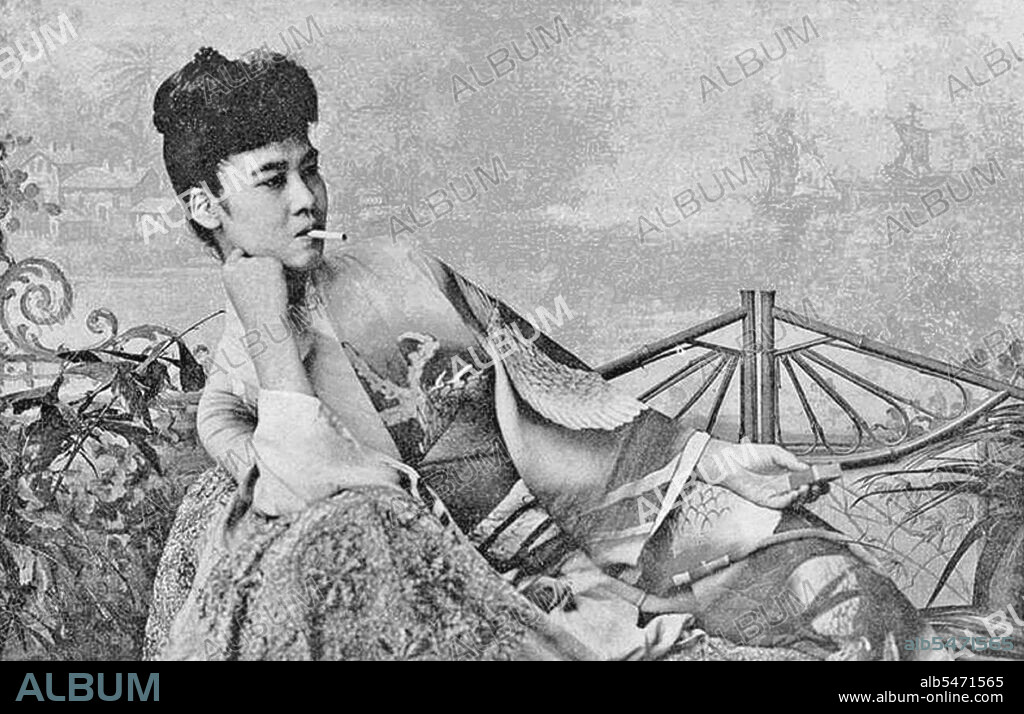alb5471565
A Japanese prostitute in colonial Saigon around 1905.

|
Añadir a otro lightbox |
|
Añadir a otro lightbox |



¿Ya tienes cuenta? Iniciar sesión
¿No tienes cuenta? Regístrate
Compra esta imagen.
Selecciona el uso:

Título:
A Japanese prostitute in colonial Saigon around 1905.
Descripción:
Ver traducción automática
Japanese prostitutes were commonplace across Southeast Asia at this time, some working as spies for the Japanese Imperial authorities. From 1895 to 1918, Japanese authorities turned a blind eye to the emigration of Japanese women to work in brothels in Southeast Asia. According to the Japanese consul in Singapore, almost all of the 450 to 600 Japanese residents of Singapore in 1895 were prostitutes and their pimps, or concubines; fewer than 20 were engaged in 'respectable trades'. Prostitutes - known locally as 'karayuki' - were the vanguard of what has been described as describes as a 'karayuki-led economic advance into Southeast Asia.' It was specifically seen by the authorities as a way to develop a Japanese economic base in the region; profits extracted from the prostitution trade were used to accumulate capital and diversify Japanese economic interests. The prostitutes, known as karayuki-san or 'Miss Gone-Abroad', served as both creditors and customers to other Japanese: they loaned out their earnings to other Japanese residents trying to start businesses, and patronised Japanese tailors, doctors, and grocery stores. In 1918, after World War I, the custom began to decline.
Crédito:
Album / Pictures From History/Universal Images Group
Autorizaciones:
Modelo: No - Propiedad: No
¿Preguntas relacionadas con los derechos?
¿Preguntas relacionadas con los derechos?
Tamaño imagen:
4956 x 3197 px | 45.3 MB
Tamaño impresión:
42.0 x 27.1 cm | 16.5 x 10.7 in (300 dpi)
 Pinterest
Pinterest Twitter
Twitter Facebook
Facebook Copiar enlace
Copiar enlace Email
Email
